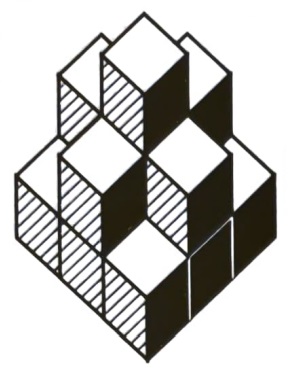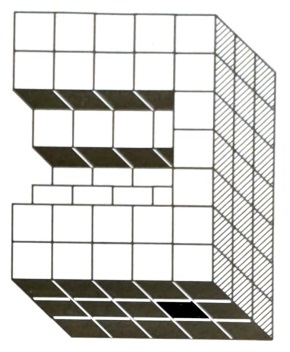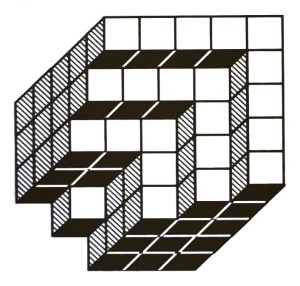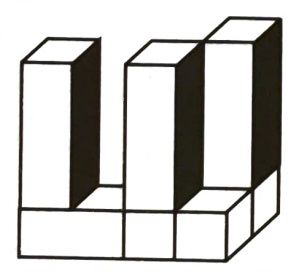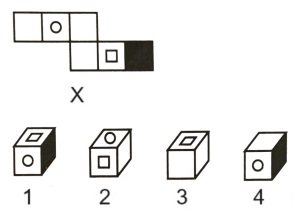Answer & Solution
Answer: Option C
Solution:
The correct answer is
C: 3.
Here's why:
Imagine a cube in your hand.
You can paint the
top face one color (let's say color 1).
Then, you can paint the
bottom face the same color (color 1), because it's not adjacent to the top.
Now, all the faces
around the sides are adjacent to both the top and bottom.
So, you need a different color (color 2) for one of the
side faces.
The face
opposite to that side face can also be painted with color 2.
The last two faces will require a
third color (color 3) because they are adjacent to both the faces painted with color 1 and color 2.
Therefore, you need a minimum of
3 colors to make sure no two adjacent faces have the same color.
